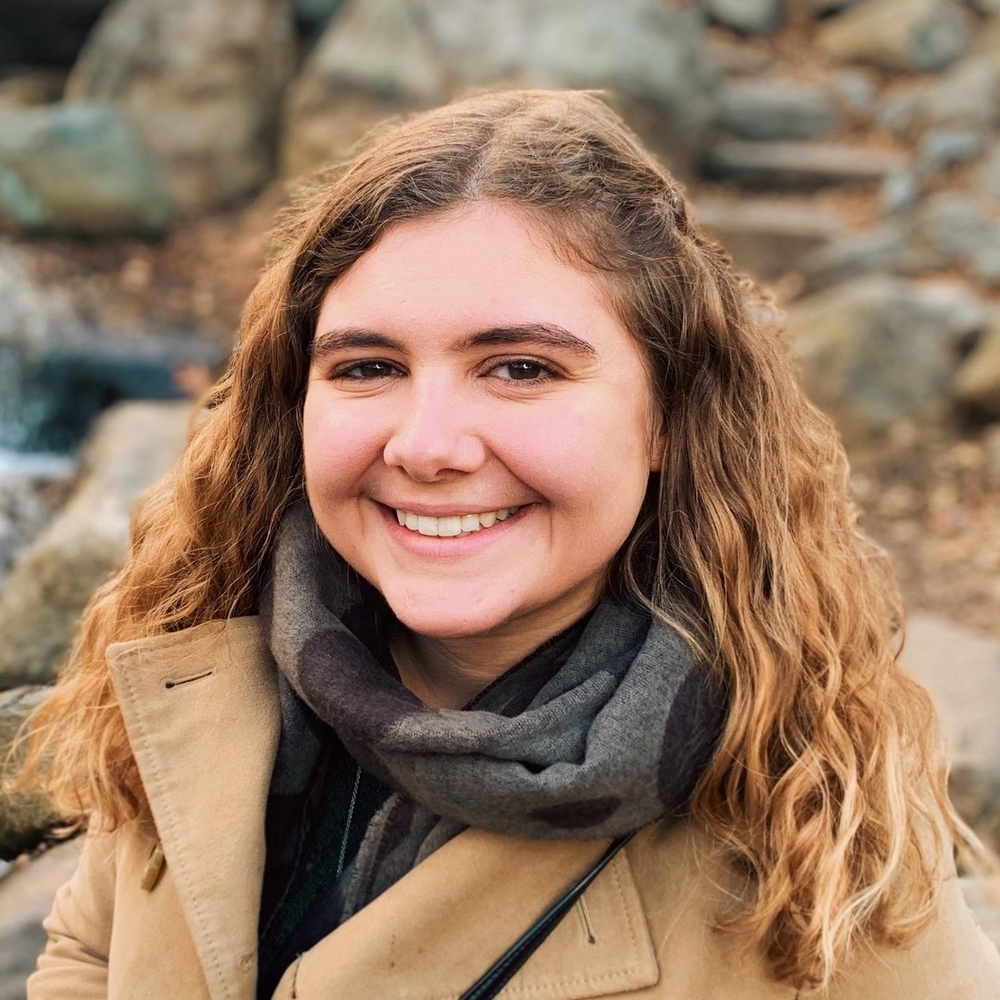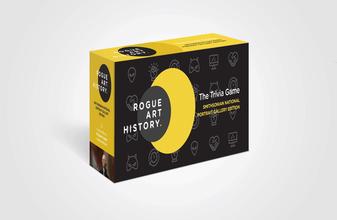More about Lucille Ball
- All
- Info
- Shop

Sr. Contributor
Before she stuffed her blouse, hat, and mouth with chocolate, got into a fight in a grape vat, and sold Vitameatavegamin, Lucille Ball sat for an uniquely colorful portrait at the Harry Warnecke Studio.
In 1944, Lucille Ball was a semi-successful movie actress impatiently waiting for her big break. Known as the “Queen of the B’s”, Ball had starred in dozens of low budget B-movies, never landing her dream role. When she sat for a portrait by the Harry Warnecke Studio, Ball was unsatisfied with her acting career and clearly not afraid to show it. In Lucille Ball, the actress is dressed for the occasion, but looks like she would rather be doing anything else than posing for a tabloid. The Harry Warnecke Studio was a part of the New York Daily News and was one of the only photojournalist studios that printed colored portraits. Even though Ball was unhappy with her current situation, sitting for the Harry Warnecke Studio would connect her to a national audience, expand her fan base, and showcase her as a real woman, full of color and life, instead of a black-and-white face on a screen. It was an opportunity no budding celebrity could pass up.
Despite her unimpressed expression, Ball’s portrait in the Daily News ended up being an impressive advertising tool for the actress. Shortly after sitting for the Harry Warnecke Studio, Ball skyrocketed to the top of the American entertainment industry going from “Queen of the B’s” to “Queen of Comedy." From 1947-1951, Ball voiced the lead character in My Favorite Husband, a radio show about a banker and his eccentric wife. The program caught the ears and eyes of CBS producers who approached the actress in 1950 with the hopes of turning the radio show into a television series. After some negotiating, Ball agreed to the series and the infamous Ricardo family was born.
Ball starred as Lucy Ricardo in the hit sitcom I Love Lucy from 1951 to 1957. The show was an instant success due to its humor, heart, and lovable cast. The series addressed issues commonly ignored by American television like marital difficulties, women in the workplace, and pregnancy, making it an authentic and eye-opening depiction of modern American family life. Ball’s clever one-liners, bold attitude, and amazing facial expressions made her a comedic force to be reckoned with. When the groundbreaking show ended after six years, I Love Lucy had racked up over twenty awards and was one of the most popular television sitcoms in American history.
But Ball’s success didn’t stop there. After I Love Lucy, she went on to revive her role as Lucy Ricardo in three separate spin-offs, as well as try her hand at dramatic acting. Behind the camera, she was the vice president of Desilu Productions, a television production company she founded with her husband Desi Arnaz. The couple divorced in 1960 and Ball bought her ex-husband's share of the company, becoming the first woman to own a major television studio. Under Ball’s leadership, Desilu Productions produced several successful series like Mission: Impossible and Star Trek. After decades of hard work, Lucille Ball was finally a small-screen star, thriving business woman, comedic icon, and household name. If only Ball knew in 1944 the greatness she was destined for, maybe she would have smiled for Warnecke’s camera.
Sources
- Cosgrove, Ben. “The Many Sides of Lucille Ball.” LIFE. Accessed April 20, 2021. https://www.life.com/people/the-many-sides-of-lucille-ball-rare-photos/.
- Genzlinger, Neil. “Adding a Colorful Gloss to a Black-and-White World.” New York Times. 2012. https://www.nytimes.com/2012/03/14/arts/design/in-vibrant-color-harry-w….
- “Lucille Ball.” National Portrait Gallery. Accessed April 20, 2021. https://npg.si.edu/object/npg_NPG.94.40.
- “Lucille Ball Biography.” Biography.com. A&E Television Networks. Last modified March 2, 2020. https://www.biography.com/actor/lucille-ball?li_source=LI&li_medium=m2m….
- “Lucille Ball is Born.” History. A&E Television Networks. Last modified August 4, 2020. https://www.history.com/this-day-in-history/lucille-ball-born.
- Norwood, Arlisha R. “Lucille Ball.” National Women’s History Museum. 2017. https://www.womenshistory.org/education-resources/biographies/lucille-b….
- Osterhout, Jacob E. “Daily News Photographer’s Colorful Celebrity Pics on Display at National Portrait Gallery.” NY Daily News. 2012. https://www.nydailynews.com/entertainment/tv-movies/daily-news-photogra…
- “Why We Still Love Lucy.” American Experience. PBS. 2017. https://www.pbs.org/wgbh/americanexperience/features/why-we-still-love-….












